Do you dream of straightening your handstand?🤸 It can be a very rewarding feeling when you finally achieve this feat.
However, straightening your handstand doesn’t happen overnight and requires plenty of practice and patience.
Handstand is a challenging skill to master, so don’t get discouraged if it takes a while before you can straighten your handstand.
How to achieve a 📍perfectly straight handstand?🤸
In 📍calisthenics, a handstand is a vigorous position that involves straightening the body and maintaining balance. Getting into a straight handstand is an impressive feat, and it requires strength, control, flexibility, coordination, and dedication.
So, how do you exactly achieve a straight handstand?🤸
First and foremost, practice makes perfect. However, there are some simple exercises that you can do to help straighten your handstand, such as the wall-assisted straight arm straight leg stand (where you’re pushing against a wall while keeping your arms straight) or the straight arm scapular press (where you’re going against a wall while keeping your arms straight).
Practicing the basics is key to straightening your handstand. Once you’ve mastered these basic moves, you can move on to more advanced techniques, such as shoulder stands and hollow-body holds.
Master your handstands using this guide: 📍The Ultimate Guide to Handstands
This blog post will discuss techniques that will help you straighten your handstand. We will also provide tips on improving your balance and stability in this position. So if you’re ready to learn, let’s get started!
💪The Importance of A Strong Foundation
Where do you start with straightening your handstand? It all starts with a strong foundation. First, you want to ensure that you are engaging your core and activating the muscles in your body to ensure proper alignment. Your core includes the muscles around your pelvis, stomach, lower back, shoulders, and neck.
Strengthen your core by checking our article on 📍Advanced Plank Exercises for Insane Core Strength.
Engaging these muscles will help you maintain balance and straighten your handstand. It will also help you keep your head, neck, and spine straight as you move into the handstand position.
👊How to Properly Engage Your Core
When engaging your core muscles, it’s essential to focus on contracting them all at once. To do this, start by contracting your abdominal muscles, then your lower back, and finally, your shoulder blades. Then, focus on keeping the muscles active throughout the 📍handstand.
👊Contracting your abdominal muscle
The first step to properly engaging your core for the handstand is to contract your abdominal muscles. This means you will need to tighten the muscles in your stomach and hold them there for a few moments. This helps prepare the rest of your body to maintain balance and straighten your handstand.
👊Engaging your lower back
Once you have contracted your abdominal muscles, engaging your lower back is next. This means you must straighten your spine and draw in your stomach simultaneously. This helps create a straight line from your hips to your shoulders and keeps everything aligned as you move into the handstand position.
Here’s a good article related to engaging your lower back: 📍Strengthening The Muscles of the Lower Back and Relief Pain
👊Activating your shoulder blades
Finally, activating your shoulder blades helps straighten your handstand and improve balance. You can do this by pressing in toward the wall while keeping your arms straight and holding the top of a straight line from hip to shoulder. This will help build stability and strength in your upper body muscles.
By practicing these techniques and focusing on engaging your core muscles, you will be well on your way to straightening your handstand! Good luck!
Learn how to strengthen your shoulders with calisthenics in these articles:
- 📍 5 Most Effective Exercises to Stretch Your Shoulders
- 📍 6 Simple Tips to Avoid Shoulder Injury
- 📍 Calisthenics Workout for Iron Shoulders
🧐The Difference Between Open and Closed Handstands
One of the key elements to straightening your handstand is understanding the differences between open and closed handstands.
⭐️Open handstand
In an open handstand, your feet are wide apart with straight legs and straight arms. This is the best option for beginners as it gives you more balance and control.
Open handstands are also good for straightening your handstand since they help you keep straight and press up in a straight line.
To begin with, open handstands, start in a plank position and tuck your toes under. Then straighten your legs and reach one arm straight up into the air.
⭐️Closed handstand
In a closed handstand, your feet are close together with straight arms and straight legs. This is better for more advanced practitioners as it requires more control and balance to maintain straightness.
Closed handstands are best for straightening your handstand as they involve engaging more muscles, which helps you press straight up and keep straight. Closed handstands begin with a straight-arm shoulder stand, then slowly straighten your legs while keeping your arms straight.
🔥Handstand Shaping Techniques
Handstand shaping techniques are essential to straightening a handstand. These techniques involve learning how to engage the core muscles properly, straighten the arms and legs, and maintain balance. Here are four handstand-shaping techniques that can help straighten your handstand:
☑️Flat on back
This technique involves lying down on your back and straightening your arms and legs until you are in a straight line. You then press your hands into the floor, lifting your hips off the ground and straightening your torso. This is good for developing straight arm strength and core muscles necessary for straightening a handstand.
☑️Face down in a prone position.
This technique involves getting into a face-down prone position, straightening your arms and legs, and pressing up against the floor with straightened arms. This helps build straight arm strength when you move into the handstand position.
☑️Hanging
Next is the hanging straight-arm handstand technique. This involves holding onto a bar or another support and straightening your arms and legs while you hang in the air. This helps build the straight arm strength necessary for moving into the handstand position.
☑️Standing arms overhead
Finally, the standing straight-arm overhead technique involves straightening your arms and legs and pressing them straight into the air as if you were starting a handstand. This develops straight arm strength while helping to develop the straight line necessary for straightening a handstand.
By practicing these handstand-shaping techniques and focusing on engaging the right muscles, you will be one step closer to achieving a straight handstand!
✨Tips for Alignment and Balance
Make it a priority to practice straight handstands with good alignment and balance. Here are some tips that will help you achieve straightness faster:
🎯Engage your core muscles
This is essential for straightening the handstand as it helps keep the body straight and provides stability against gravity.
🎯Keep your arms straight throughout the movement
Keeping your arms straight keeps your head, neck, and spine straight as you move into the handstand position.
🎯Strengthen Your Core Muscles
A strong core is key to straightening your handstand; make sure to regularly perform exercises that strengthen the core, such as planks, crunches, leg raises, etc., to hold a straight line in the handstand position.
🎯Practice Consistently
Consistency is vital when straightening your handstand; make sure to practice regularly to progress efficiently.
🎯Use a Wall If Needed
If you’re feeling unsteady or unbalanced during practice, then using a wall can be beneficial in helping you maintain balance for extended periods and build confidence with open or closed-hand stands alike!
🎯Pressing
This step helps form the foundation skill set needed for straightening the handstand; start by learning how to press up from a downwards dog position properly and pressing onto straight arms with straight legs
🎯Kick Up
When ready, slowly bring your feet towards your hands while maintaining an engaged core and straight arms. Once your feet reach the hands, straighten into a handstand with straight legs.
🎯Work on Your Balance
To straighten your handstand faster, work on improving your balance; practice lifting one leg at a time to build steadiness, and then move on to practicing full handstands while keeping straight arms and straight legs.
Achieve a perfect handstand with the help of this article: 📍Best Tips For Achieving A Handstand
🤯Modifications for Beginners
For beginners, straightening a handstand can feel intimidating and challenging.
Here are some modifications that you can do to get started straightening your handstand:
💯Start with open hands instead of closed ones
This will help give more balance and stability while straightening the handstand. Open handstands involve more muscles that help you press straight up and keep straight.
💯Place a pillow or mat underneath to cushion your fall.
This will help build confidence and reduce the risk of injury. It will also help to straighten your handstand faster, as you don’t have to worry about getting hurt.
💯Practice straight handstands against a wall.
This will give you more stability and balance while straightening your handstand. It will prevent you from toppling over as you learn the correct form and technique.
💯Use a spotter.
Having someone watch you during practice can provide additional guidance and tips to help straighten your handstand faster. It can also help you stay motivated and build confidence.
💯Break the straight handstand into smaller steps.
Start with a straight-arm shoulder stand, and then slowly straighten your legs while keeping your arms straight. Once straight, work on balancing and increasing the time you can hold.
🧐Frequently Asked Questions
Below are some frequently asked questions related to straight handstands:
🔎What muscles do I use when doing a straight handstand?
You should engage your core muscles, shoulder, arms, and legs when doing a straight handstand. Core muscles help straighten the body against gravity, while shoulder muscles help keep your arms straight and stable. In addition, your arm strength helps maintain balance and straightness in the handstand. Lastly, your leg muscles help with foot placement and alignment to straighten the handstand effectively.
🔎How do I progress to a more advanced straight handstand?
Strengthening your core, increasing shoulder flexibility, practicing foot placement and straight arm balance, and paying attention to your breathing is all-important for progressing to an advanced straight handstand. Strengthening the core helps make straightening the handstand easier and faster. Increasing shoulder flexibility helps create straightness in the arms, which is essential for straightening a handstand. Practicing foot placement helps with stability and straightness, while straight arm balance helps build the strength, stability, and confidence needed to hold a straight handstand. Lastly, focusing on your breath relaxes the body and helps focus the mind. With patience and practice, you can progress to an advanced straight handstand in no time!
🔎What exercises help straighten a handstand?
To straighten a handstand, exercises such as straight arm shoulder stands, straight arm balance, posture drills, core strengthening exercises, 📍breath work, and stretching can help improve straightness in the body. By practicing these exercises regularly, you can straighten your handstand quickly. Focusing on proper alignment of the feet and shoulders will also be beneficial in straightening a handstand.
🔎What is the best way to practice straightening your handstands?
The best way to practice straightening your handstands is by focusing on form and alignment. Engaging your core muscles, keeping your arms straight throughout the movement, opening your shoulders, chest, and hips, distributing weight evenly across your hands, and practicing regularly are essential. Additionally, straight-arm shoulder stands can be beneficial in straightening a handstand as they help build the strength and stability needed for the straight handstand. You can learn how to straighten your handstands quickly with patience and practice!
🔎Do I need a spotter to help me straighten my handstands?
No, you do not need a spotter to straighten your handstands. However, having a spotter can help as they can provide verbal cues and physical support as needed. If practicing with a spotter, clearly communicate what type of support is desired so that both parties are comfortable and safe. Additionally, it is essential to practice drills regularly to straighten your handstands safely without assistance.
🔎Is it important to focus on foot placement when straightening a handstand?
Yes, foot placement is essential when straightening a handstand. Proper alignment of the feet helps with stability and straightness in the body, which is key in straightening a handstand. In addition, accurate foot placement will make it easier to balance and maintain straightness for extended periods. Therefore, focusing on foot placement when straightening a handstand is vital for success.
🔎Does working on shoulder flexibility help with straightening a handstand?
Yes, working on shoulder flexibility can help straighten a handstand. Improved shoulder flexibility helps create more straightness in the arms, which is necessary for straightening a handstand. Additionally, increased shoulder mobility allows for better body alignment and helps with stability when straightening a handstand. Therefore, practicing exercises to increase shoulder flexibility will be beneficial in helping straighten a handstand effectively.
🔎How can I increase my strength and stability for holding a straight Handstand for longer periods of time?
To increase strength and stability for straight handstands, exercises such as straight arm shoulder stands, straight arm balance, posture drills, core strengthening exercises, breath work, and stretching can all help. Focusing on proper alignment of the feet and shoulders will also be beneficial in straightening a handstand. Practicing these exercises regularly will help straighten the handstand quickly and hold the straight handstand for longer periods. Having a spotter to provide guidance can also help ensure proper technique while practicing.
🔎How do you know if you have reached an advanced level of straightness in your Handstands?
You should be able to hold a straight handstand with straight arms, proper foot alignment, even weight distribution across the hands, and straighten the entire body. If you can do this while maintaining an open chest and hips, you are at an advanced level of straightness in your handstands. Additionally, paying attention to your breath is essential as that helps maintain balance and stability throughout the movement. Regular practice will help you achieve a more advanced straight handstand.
🔎What are the common mistakes in straight handstands?
Common mistakes include having an incorrect straight line from the hands to the feet, not maintaining straight arms, and improper weight distribution.
A closed chest and hips are also common mistakes when straightening a handstand. Maintaining even weight across both hands while maintaining an open chest and straight arms will ensure proper alignment and straightening of the body. Practicing patience and consistency will help prevent potential mistakes while straightening a handstand.
📌 Takeaway
A straight 📍handstand is vital for many disciplines, such as gymnastics, yoga, and 📍calisthenics. Improving shoulder flexibility and arm mobility is essential to straighten a handstand effectively and safely. Strengthening core muscles, increasing breath control, and being aware of proper posture and alignment are also necessary for straightening a handstand and holding it for extended periods.
Additionally, paying attention to proper technique and form, having a spotter nearby when practicing advanced poses, and warming up before attempting the straight handstand will help avoid potential risks associated with straight handstands. With consistent practice, patience, and proper form, you can straighten your handstands and reach the advanced level of straightness you desire.

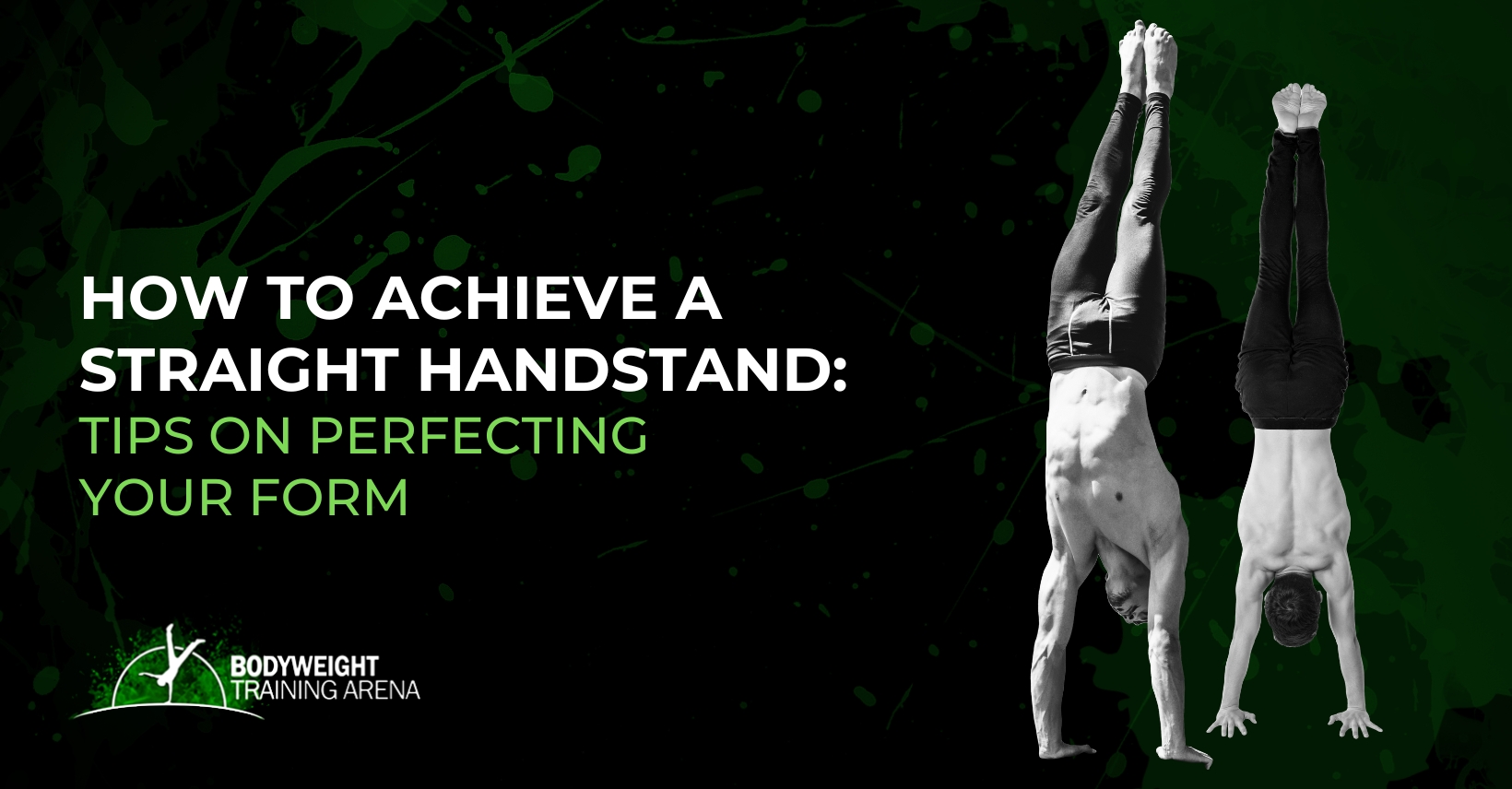
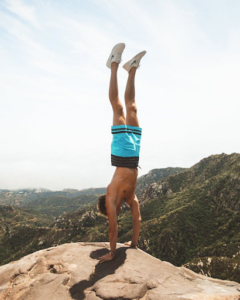
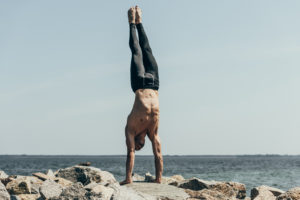
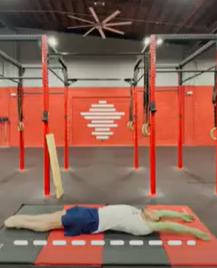
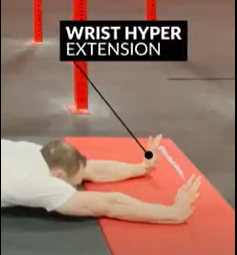
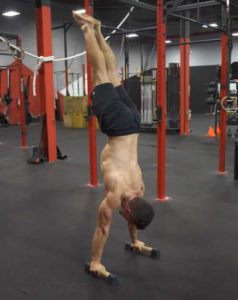
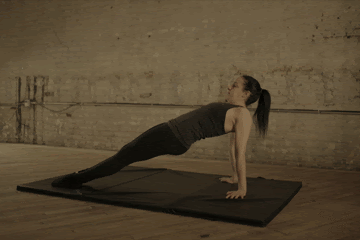
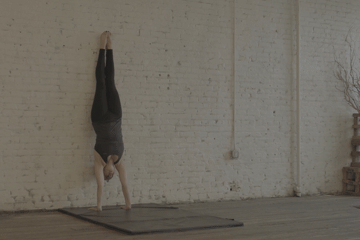
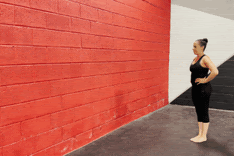
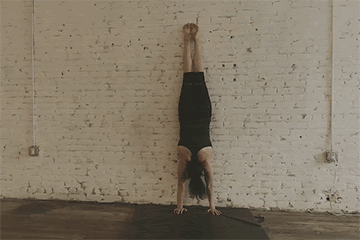


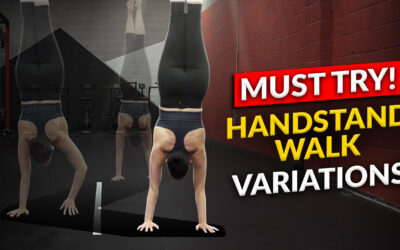

0 Comments